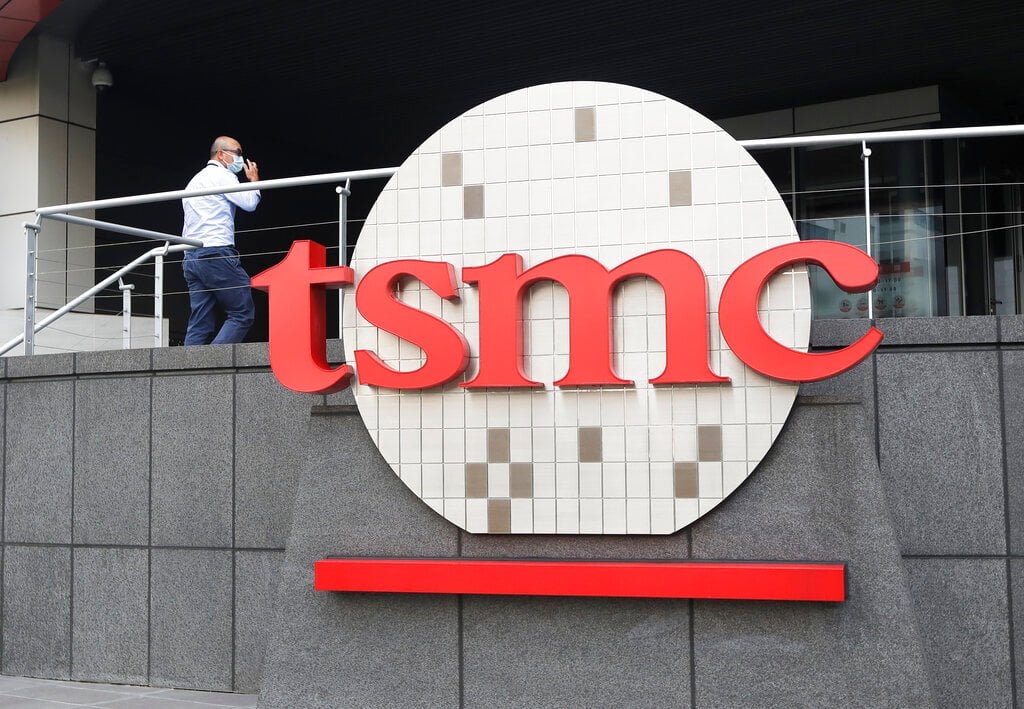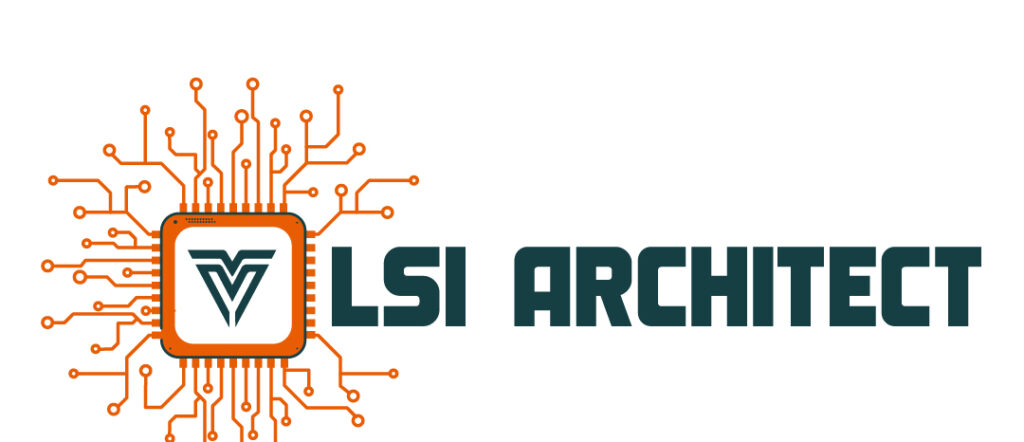TSMC’s $20 Billion Arizona Fab: A New Era for U.S. Semiconductor Manufacturing

TSMC’s Expansion in Arizona: A New Era in Chip Fabrication
The Arizona desert is now home to Taiwan Semiconductor Manufacturing Company’s (TSMC) first advanced chip fabrication plant in the United States. With a 1,100-acre facility, this marks a significant step towards reshaping the global semiconductor supply chain. The $20 billion investment underscores efforts to bring cutting-edge chip production to American soil, reducing reliance on foreign manufacturing while advancing technological innovation.
From Desert to High-Tech Fab
In just three years, northern Phoenix has transformed from an empty construction site to a state-of-the-art semiconductor fab. Covering one million square feet, this facility is the most advanced chip production plant in the U.S., upgraded from its original 5nm plan to 4nm chip production. With an output target of 20,000 wafers per month, TSMC aims to make high-performance computing, AI, and mobile device chips domestically available.
Challenges in Establishing Advanced Chip Manufacturing in the U.S.
🔹 Workforce Development & Training
- The U.S. semiconductor workforce lacks advanced fabrication experience.
- 600 engineers were sent to Taiwan for extensive process training.
- Local recruitment and training programs are ongoing.
🔹 Regulatory & Infrastructure Hurdles
- Permitting processes, labor laws, and supply chain issues caused delays.
- Mechanical, electrical, and plumbing (MEP) integration was particularly challenging.
🔹 Production Delays
- Volume production delayed from 2024 to 2025 due to workforce shortages.
- TSMC remains committed to keeping close to schedule.
Inside the Most Advanced Semiconductor Fab in the U.S.
🔹 Cutting-Edge Semiconductor Equipment
- Extreme Ultraviolet Lithography (EUV) machines by ASML — essential for next-gen chip production.
- Each costs over $250M and requires 2,000+ electrical connections, 2 km of cabling, 100,000 parts, and 40,000 bolts.
🔹 Cleanroom Technology & Yield Optimization
- Specialized suits required for entry to maintain ultra-clean environments.
- Even microscopic dust can ruin wafers.
🔹 Sustainability & Energy Efficiency
- Consumes 4.7 million gallons of water daily; 65% targeted for recycling.
- Power use equals 100,000 U.S. homes; renewable energy credits offset demand.
U.S. Semiconductor Independence & Geopolitical Implications
With 92% of the world’s most advanced chips produced in Taiwan, diversifying manufacturing is vital for supply chain security.
🔹 The CHIPS Act & U.S. Government Support
- TSMC received $6.6B under the CHIPS Act to boost U.S. chip production.
- Political uncertainty could impact future funding.
🔹 Trade Restrictions & Supply Chain Challenges
- U.S. restrictions limit China’s access to advanced chips.
- TSMC complies by halting shipments to restricted entities.
🔹 The Race Between Intel & TSMC
- Intel is building competing fabs in Arizona.
- TSMC serves multiple clients (Apple, Nvidia) vs. Intel’s in-house focus.
Looking Ahead: Expansion & Future Fabs
🔹 Fab 2 Construction
- Underway with steelwork complete; production starts in 2027.
🔹 Fab 3: 2nm Technology
- Plans for one of the world’s most advanced fabs producing 2nm chips.
🔹 Global Expansion Beyond Arizona
- New fabs in Japan and Germany, with further expansions under review.
Conclusion: The Future of U.S. Semiconductor Manufacturing
- Apple, Nvidia, and others will soon source advanced U.S.-made chips.
- Full-scale production on track for 2025 despite delays.
- The CHIPS Act is crucial, but political factors may influence expansion.
The U.S. is years away from full semiconductor independence, but TSMC’s Arizona fabs are a crucial step in reducing reliance on overseas production and shaping the future of AI, computing, and advanced technologies.
What’s Next?
- 💡 Will the U.S. become self-sufficient in semiconductor production?
- 💡 Can Intel regain leadership in advanced chip manufacturing?
- 💡 How will geopolitics shape global chip production?
Let us know your thoughts in the comments! 🚀


